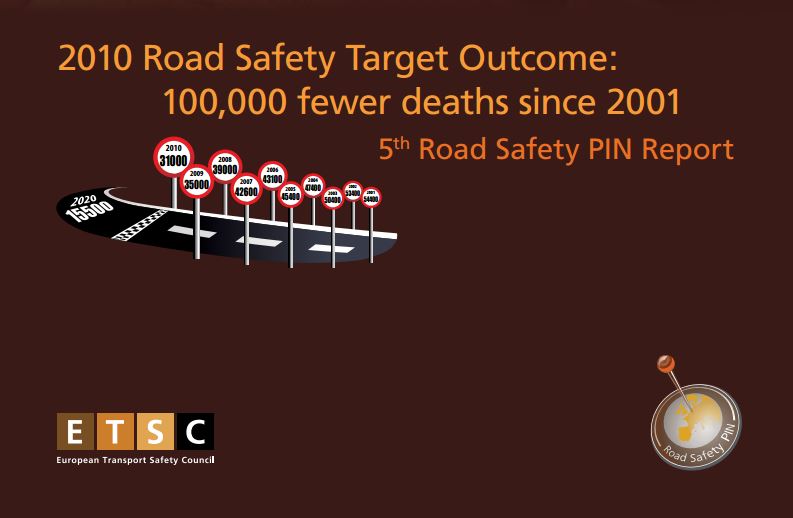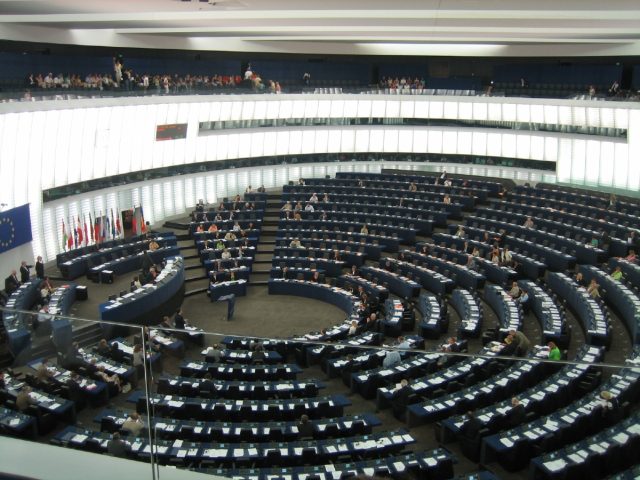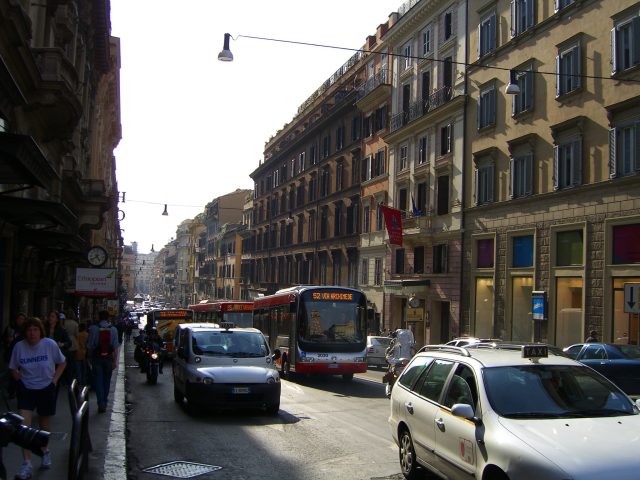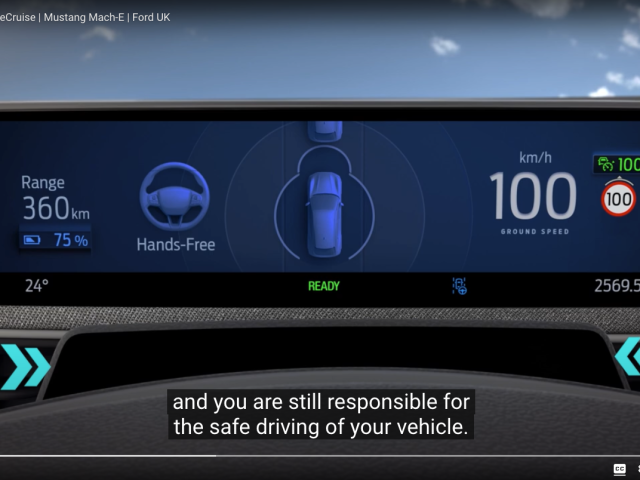
5th Annual Road Safety Performance Index (PIN) Report
This 5th PIN Report provides an overview of European countries’ performance in three areas of road safety. It builds on the four previous Road Safety PIN Reports published in June 2007, 2008, 2009 and 2010 . The report compares developments in reducing road deaths between 2001 and 2010 and reveals which countries have achieved the EU 2010 target and how other countries have progressed towards it. It estimates the monetary value of the benefit to society from the reduction in deaths and looks ahead to the target for 2020. It also shows how countries perform in reducing deaths on rural roads, as well as progress in reducing deaths among three groups of unprotected road users: cyclists, pedestrians and riders of powered two-wheel vehicles.
These rankings have been carried out during the fifth year of the Road Safety Performance Index (PIN) between September 2010 and June 2011. They cover 30 countries: the 27 Member States of the European Union, together with Israel, Norway and Switzerland.
Results in reaching the 2010 Road Safety Target
Great progress has been made across the EU. Latvia, Estonia, Lithuania, Spain, Luxembourg, Sweden, France and Slovenia all reached the EU 2010 target. Portugal very nearly made it with a reduction of 49.4%. Ireland, Germany, the UK, Italy, Slovakia and Belgium achieved reductions above the EU average, while the other countries progressed to a lesser extent. There was no PIN country where the number of deaths recorded in 2010 exceeded that of 2001.
Since 2001, road deaths have been cut by 43% in the EU27. In the EU15, the countries who originally set the target, road deaths have been cut by 48%. Reductions have gathered pace towards the end of the decade in the EU10, the group of countries who joined in 2004, to reach 38% in 2010. They are also gathering pace in Bulgaria and Romania.
The adoption of the quantitative target in 2001 has proved to be a turning point in motivating countries, in particular those facing the greatest challenges, to reduce the numbers of people killed on the roads. Had the same number of road deaths as in 2001 been registered throughout the decade, there would have been 102,000 more deaths in the EU. The road safety community has long been advocating that investing in road safety offers a great potential for saving human suffering and reallocating resources for a more productive use. Based on updated valuations currently used in eight countries using a similar method of valuation in road safety, ETSC estimates the monetary value to society of the human losses avoided by preventing one fatality to be 1.70 million euro (at factor cost adjusted to 2009 prices, purchasing power and GDP/head). On this basis the total value to society of the reductions in road deaths in EU27 over the years 2002-2010 compared with 2001 is estimated as 176 billion euro.
Preventing deaths on EU roads is supported by a strong business case and this potential for saving is far from being exhausted. Almost 31,000 people still lost their lives in road collisions in 2010. The EU has adopted a new 2020 target of no more than 15,500 road deaths per year by 2020. The total value to society of the further reductions in road deaths in EU27 over the years 2011-2020 compared with 2010 that would be achieved by reaching the 2020 target by a steady progress over the decade is estimated as 182 billion euro. Moreover, both safety champions and countries faced with challenges have reached the 2010 target domestically, and important safety measures remain to be implemented fully or are being developed. This means that the new EU target for 2020 should be seen as achievable from their present situation by all Member States, given the political will to invest in road safety.
Unprotected road users
A total of 170,000 pedestrians, cyclists and powered two-wheeled (PTW) riders have been killed on EU roads since 2001, 15,400 of them in 2009. Deaths among this category of unprotected road users have been decreasing at a lower rate than for vehicle occupants. Deaths among pedestrians and cyclists decreased by 34% between 2001 and 2009 and those among PTW riders by only 18%, compared with 39% for car drivers. While the number of road deaths has declined considerably in the past decade in Europe, the number of PTW riders killed rose in 13 out of 26 countries.
Initiatives targeted at improving the safety of vulnerable road users will be crucial in reaching the new EU 2020 Road Safety Target. The EU must address the risks faced by unprotected road users, not least to achieve the ambitious safety, health and sustainability goals set out in the recently published EU White Paper on Transport. With nearly 50% of car trips being shorter than 5km, governments want to promote walking and cycling, but people will not choose these means of travel unless they are made safer.
Reducing deaths on rural roads
At least 21,500 people lost their lives on rural roads other than motorways in the EU during 2009. Rural roads are the most dangerous type of road because of the risks posed by high speeds, the mix of different road users, multi-functionality, lower infrastructure safety and relatively low enforcement levels. Out of the total number of road deaths in the EU, the share of those occurring on rural roads is 55% and it is as high as 70% in some Member States.
Yet road users are safer on rural roads today than in 2001. Luxembourg, Portugal and France achieved the highest annual reductions of more than 9% on average since 2001. Latvia, Belgium, Israel, Germany, Spain, the Netherlands and Ireland follow closely behind with better-than-EU average reductions. The reduction in speed has been the single most important factor in the recent French road safety success, and this has been especially marked on rural roads.
The European Commission’s Road Safety Policy Orientations 2011-2020 published in July promote the application of the four relevant principles of infrastructure safety management as set out in the Infrastructure Safety Directive not only to the Trans-European Road Network but also to all rural roads.
Download Download methodological note







